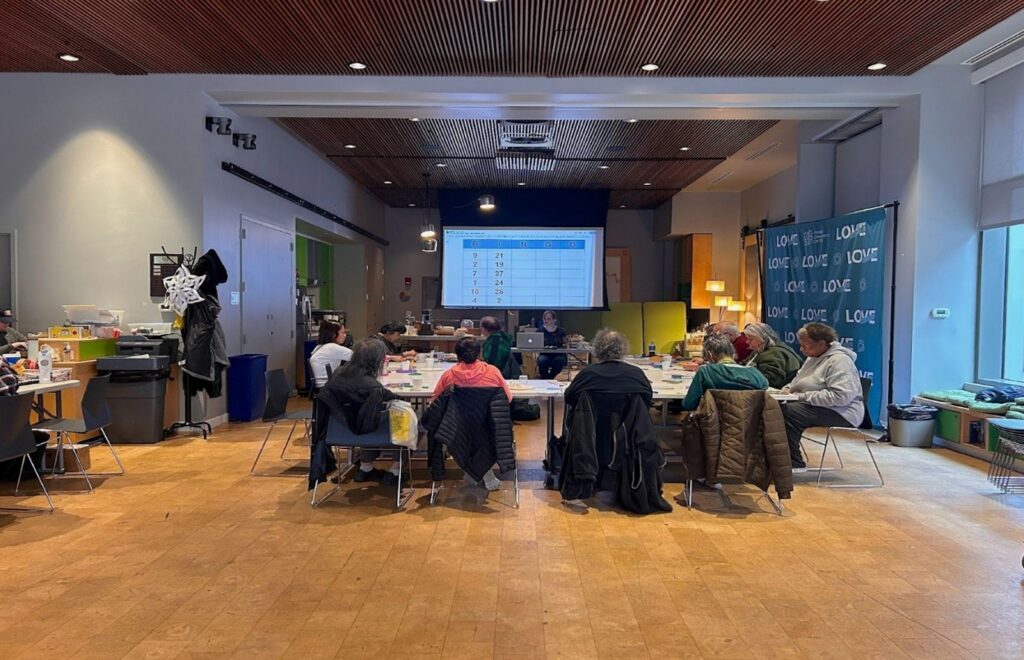The world and the way we live in it are changing. Many of us are living longer, healthier lives. This exciting prospect also brings complexities and new challenges, including in the workplace. To help consider these changes, their challenges and benefits, AARP has identified five megatrends that are shaping the future of work and how they will impact people ages 50 and older.
#1 Longevity
As Americans live longer, many continue working past traditional retirement age for multiple reasons: they need the money, enjoy the work, or enjoy the social connection work provides. By enabling workers to remain in the workforce, we will see increased consumer spending as well. For context, in 2018 people ages 50 and older spent $0.56 of every dollar in the U.S., with an expected increase by 2050 to $0.60.
Unfortunately, ageism and misperceptions among employers and colleagues are the primary barriers for older people to continue working. Employers addressing and overcoming stereotypes and biases will gain an advantage as they empower older workers to make use of their resources, knowledge and skills. In addition, policymakers should provide guidance to employers, as well as strengthen and enforce laws against age discrimination.
#2 Lifelong Learning
Society has long organized work life around the now outdated model of education, then career, followed by retirement. Workers today manage a more rapid pace of change, requiring openness to new technology, new ways of working and continuous learning. To remain nimble, workers are adding new skills to keep pace with changes. Without further training, technological changes and potential job elimination could push other workers to a new, unfamiliar place of lower wages and stagnant opportunities.
‘Continuous learning and adapting can help workers earn promotions and advancements.’
Employers benefit when supporting this demand for lifelong learning with strategies such as micro-credentialing and nonlinear educational paths, returnships, internships, apprenticeships and job sharing. Continuous learning and adapting can help workers earn promotions and advancements to enable them to withstand and thrive amid these changes.
#3 Income Inequality
Workers at the mid-to-lower end of the economic spectrum are more likely to hold jobs at elevated risk of being replaced by technology and are less likely to have the resources needed for training and upskilling. For decades, wages for these workers have stagnated and have not kept up with rising costs of living. Financial vulnerability exists especially among people of color, who are concentrated in lower-wage occupations with limited benefits. The long-term effects on health and mental well-being affects their longevity. Without change, some workers will lack the necessary skills to remain employed in the future, which will in turn increase pressure on government services and programs.
Policymakers can increase access to affordable job training and education opportunities. Governments, employers and the financial services industry can create public-private partnerships to develop supplemental savings and investment tools, plus financial education to help workers understand how to use them. Policymakers and companies can improve job quality through paid leave, retirement savings programs, health insurance and other benefits.
#4 Advances in Tech
Rapidly evolving technology—automation, artificial intelligence, etc., comes with changes for the future of work: certain jobs will be eliminated; new jobs will be created, and the nature of work will change. These changes will cause disruptions to workers and employers, including longer spells of unemployment, worsening income inequality and racial and ethnic disparities.
Workers won’t be the only ones needing to evolve. Employers need to rethink business processes to better pair technology with human skills. They can make training available and accessible to everyone regardless of age, skill or education level. In tandem, policymakers can collaborate with employers to find the jobs, roles and skills that are likely to be cut due to technology, and proactively retrain all relevant workers before displacement happens.
#5 Rise of Contingent Work
Employers have increasingly changed the structure of their workforce by outsourcing previously full-time work. In addition, tech-mediated, task-based gig work has become mainstream. This shift is significant because, while it supplies supplemental income, workplace variety and scheduling flexibility, these contingent workers aren’t eligible for many of the rights and benefits of full-time employees.
‘Responsibility for lifelong employment and financial protection has shifted from employers to employees.’
Although contingent work has always existed, most workers in earlier generations parlayed years of loyal work for one company into a healthy retirement. But this is no longer the case. With smarter technology and the rise of flexible work options—and a greater demand for higher profits—the responsibility for lifelong employment and financial protection has shifted from employers to employees. While the debate around the status of these workers continues, policymakers can help find new ways to strengthen, facilitate and administer benefits and protections for workers.
Looking Forward
Older workers are critical to a strong economy. As people live longer, many will either want or need to continue working. And companies are managing five generations in the workforce. As a result, employers and policymakers should work together to develop and implement policies and practices that harness and support a multigenerational workforce. It is possible to keep pace with rapid change by making accessible the skills and support systems that ensure the economy thrives. AARP will continue to examine the challenges and opportunities presented by current trends and advance promising practices and solutions on our website The Future of Work for the 50+. With intention, we can ensure that all workers can thrive as they age.
Staci Alexander is vice president, Thought Leadership, at AARP. Susan Weinstock is vice president, Financial Resilience Programming, at AARP, both in Washington, DC.













